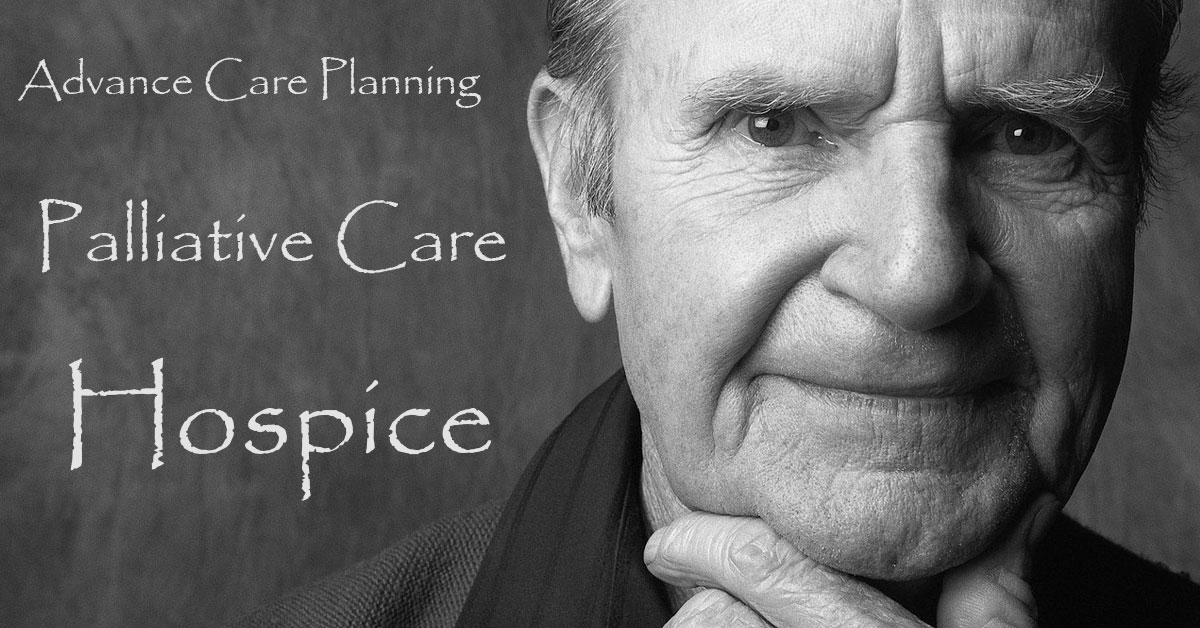
Do Americans Understand Hospice, Palliative Care, and Advance Care Planning?
When we think about the medical care we might receive in the last weeks and months of life, the terms advance care planning, palliative care, and hospice often come up. Historically, awareness and understanding of hospice have been low. This low understanding, in turn, proves a factor in hospice underutilization.1 For decades, the healthcare community has worked to improve awareness of hospice, palliative care, and advance care planning. What is the current state of that awareness? Marian Grant from the University of Maryland, along with Anthony Back and Nicole Dettmar, set out to answer that question.2
Survey Results
Researchers synthesized the results of twelve studies. They concluded:
- Advance Care Planning: 80% to 90% of participants reported awareness of advance care planning. A similar portion of respondents felt advance care planning was important. However, only 10% to 41% of people reported having a healthcare proxy or a completed advance care planning document. Advance care planning is known to more than double hospice utilization which in turn increases care satisfaction and quality of life.3
- Palliative Care: The majority of respondents reported *no* awareness of palliative care (66% to 71%). What’s more, those who reported awareness of palliative care often conflated it with end-of-life care. Palliative care is an important component of end-of-life care, but it can be an important component of care for serious illness at any stage of life.
- Hospice: 86% of participants reported awareness of hospice, and 70% to 91% rated hospice favorably. However, researchers found that nearly four in ten people held significant misconceptions about hospice.
Hospice Misconceptions
There are multiple popular misconceptions about hospice that can limit meaningful access. Research shows that more accurate knowledge of hospice correlates with more favorable ratings of hospice.4 Popular hospice misconceptions include:
- Hospice will be unaffordable or increase medical expenses: In fact, Medicare pays 100% for hospice including clinical services, non-medical support, medications, supplies, and equipment. Hospice generally lowers costs for families.
- Hospice will end medical care and shorten life: To the contrary, hospice sends nurses and other clinicians to a patient’s home, under orders from a doctor. Among patients who qualify for hospice, home hospice correlates with lives lengthened by days to months – compared to patients who go other medical routes and compared to patients who seek palliative care in other settings.
References
- Goodwyn, Robin H. “A study of the relationship between the misconceptions of hospice care and the influence on the utilization of hospice care services.” Atlanta, GA (2009).
- Grant MS, Back AL, Dettmar NS. Public perceptions of advance care planning, palliative care, and hospice: a scoping review. Journal of Palliative Medicine. 2021 Jan 1;24(1):46-52.
- Meier EA, Gallegos JV, Thomas LP, Depp CA, Irwin SA, Jeste DV. Defining a good death (successful dying): literature review and a call for research and public dialogue. The American Journal of Geriatric Psychiatry. 2016 Apr 1;24(4):261-71.
- Cagle JG, Van Dussen DJ, Culler KL, Carrion I, Hong S, Guralnik J, Zimmerman S. Knowledge about hospice: exploring misconceptions, attitudes, and preferences for care. American Journal of Hospice and Palliative Medicine®. 2016 Feb;33(1):27-33.





